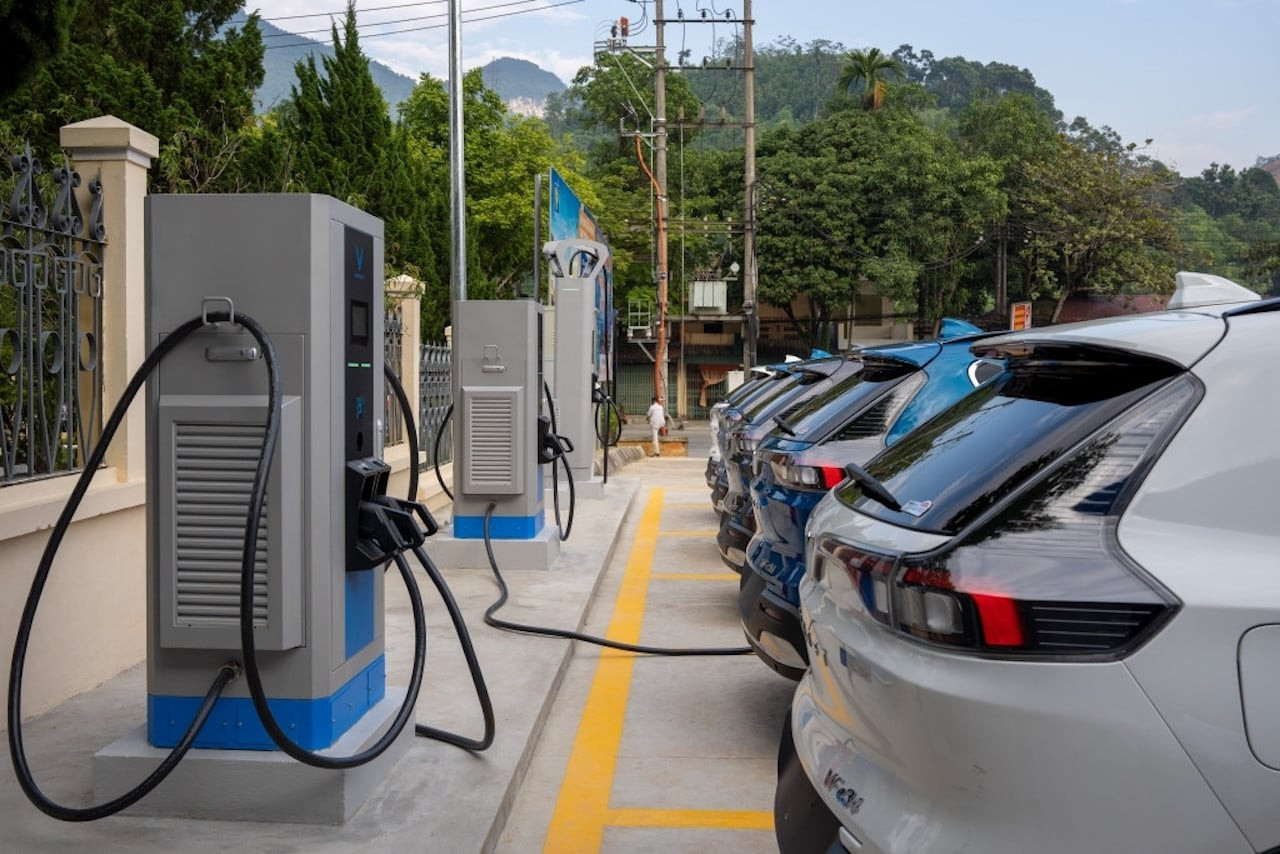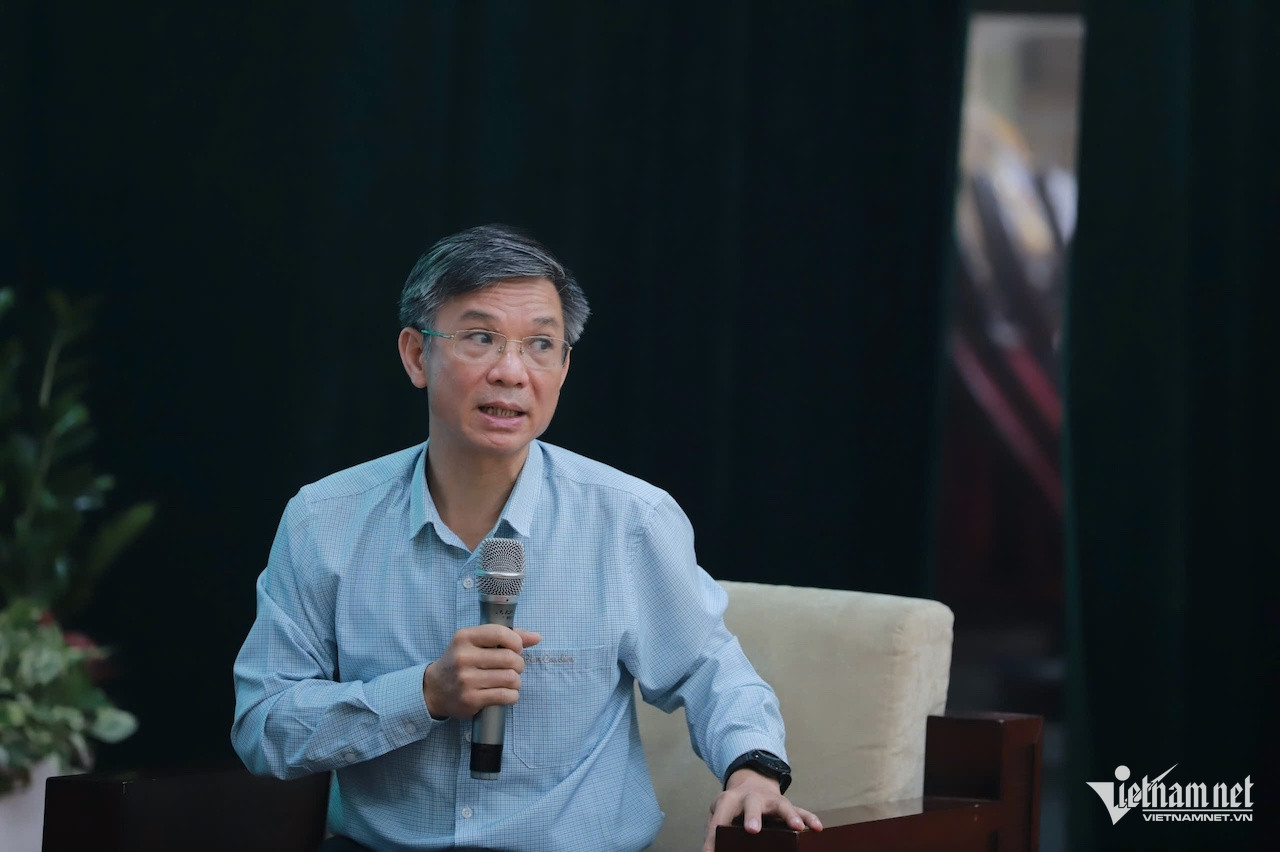
Prioritizing green vehicles amid pollution crisis
The Ministry of Construction has issued a circular promoting the use of clean-fuel vehicles (green vehicles) while restricting the circulation of non-compliant vehicles in designated low-emission zones.
This move is part of a broader effort to combat air pollution and transition toward sustainable urban mobility.
On March 28, the Vietnam General Confederation of Labor and the Labor Newspaper, in coordination with the Ministry of Agriculture and Environment, launched the campaign "Green Transition - Join Hands for a Sustainable Vietnam."
According to the latest statistics, Vietnam is currently one of the top 10 Asian countries with the highest air pollution index and ranks 36th out of 177 countries worldwide.
One of the leading causes of air pollution in Vietnam is transportation, which accounts for 18% of total greenhouse gas emissions.
In response, the transportation sector is implementing numerous green energy solutions to minimize carbon and methane emissions and contribute to environmental protection.
Hanoi leads the charge in green transportation
Speaking at the event, Nguyen Dinh Hoa, Deputy Director of the Department of Agriculture and Environment of Hanoi, stated that the capital city is intensifying its investment in air quality monitoring and forecasting systems.
Measures are being taken to reduce fine dust emissions from transportation, construction, industry, agriculture, and residential activities.
Hanoi is also establishing low-emission zones to limit the use of polluting vehicles and enhance air quality. Initially, pilot projects will be implemented in Hoan Kiem and Ba Dinh districts before gradually expanding to other areas.

In the field of transportation, Hanoi is pushing forward with green mobility initiatives. These include the development of modern public transport systems such as electric buses, urban rail lines, cycling lanes, and pedestrian zones.
"These measures not only help reduce emissions and improve public health but also contribute to restructuring the city’s transportation system towards a smarter and more convenient model," Hoa emphasized.
Comprehensive solutions and policy support
From a management perspective, Nguyen Huu Tien, Deputy Director of the Department of Science, Technology, Environment, and Building Materials (Ministry of Construction), stressed that promoting green vehicles requires more than just economic policies. It necessitates a comprehensive approach involving infrastructure development, public awareness, and behavioral change among the population.
The Ministry of Construction has introduced regulations to create favorable conditions for low-emission vehicles to operate in designated areas while restricting high-emission vehicles from traveling within planned zones.
Additionally, the Ministry of Agriculture and Environment has raised standards for newly assembled vehicles, setting stringent benchmarks to control emissions from the manufacturing stage.
Meanwhile, the Ministry of Industry and Trade is drafting policies on electricity pricing for charging stations under government directives, recognizing this as a key factor in encouraging the transition to electric vehicles.
In collaboration with various agencies, the Department of Science, Technology, Environment, and Building Materials is also developing specific standards for electric vehicle charging stations at rest stops, bus terminals, and urban areas to minimize charging time.
In the short term, the Ministry of Construction will integrate public transport infrastructure, such as urban rail lines, into urban planning in a systematic manner. The goal is to shift people’s travel habits from private vehicles to public transport.
"Manufacturers need to play a more active role, not only by advancing technology but also by clearly communicating the quality, durability, and safety features of electric vehicles to dispel public concerns," Tien emphasized.
N. Huyen